Biohazard cleaning involves managing harmful substances that pose serious health risks. Beyond cleanliness, it’s about safety and adhering to regulations.
This guide offers expert tips on handling biohazard cleanup effectively, from ensuring personal safety to understanding legal requirements. Whether you’re a professional cleaner, facility manager, or homeowner, you’ll learn how to tackle biohazards confidently.
We’ll cover best practices for removal, when to call professionals, and the importance of thorough disinfection to prevent disease spread. With proper training and adherence to OSHA and EPA standards, you can manage biohazard risks safely and responsibly.
Let’s dive in and equip you with the knowledge to handle biohazard situations effectively!
The Biohazard Cleanup Process: A Step-by-Step Guide
A systematic approach is crucial when tackling biohazard cleanup. This process involves several steps, each essential for ensuring safety and effectiveness. Detailed planning and execution lead to successful decontamination and restoration.
Initial Assessment and Planning
The first step in biohazard cleanup is assessing the situation. Identifying the type and extent of the biohazard is critical. This initial evaluation dictates the necessary resources and techniques required.
Planning involves determining the appropriate equipment and PPE. Establishing a clear strategy ensures that all potential risks are addressed. This preparation phase is pivotal for a smooth cleanup operation.
Communication among team members is also vital during planning. Everyone involved needs to be informed about the cleanup procedures and roles. Clarity in communication reduces errors and enhances efficiency.
Containment to Prevent Cross-Contamination
Containment is a crucial step in preventing the spread of biohazards. Establishing barriers isolates the affected area from the rest of the environment. This minimizes the risk of hazardous materials moving to clean areas.
Using physical barriers such as plastic sheeting helps contain biohazards effectively. These barriers serve as a physical divider, ensuring containment. Proper sealing prevents any particles from escaping.
Sealing vents and openings is another containment strategy. This prevents airborne contaminants from spreading through ventilation systems. Effective containment is foundational for a controlled cleanup process.
Cleaning, Disinfecting, and Deodorizing
The cleaning phase involves removing visible contaminants from surfaces. This step prepares the area for subsequent disinfecting. Cleaning should be thorough to eliminate all traces of biohazardous materials.
Disinfecting follows cleaning and targets any remaining pathogens. Using EPA-registered disinfectants ensures thorough sanitization. This step is crucial for eliminating microbial threats and protecting health.
Deodorizing is often the final step in the cleanup process. It addresses any lingering odors caused by biohazards. This step restores the area to a state of normalcy, ensuring comfort and reassurance.
Proper Disposal of Biohazardous Waste
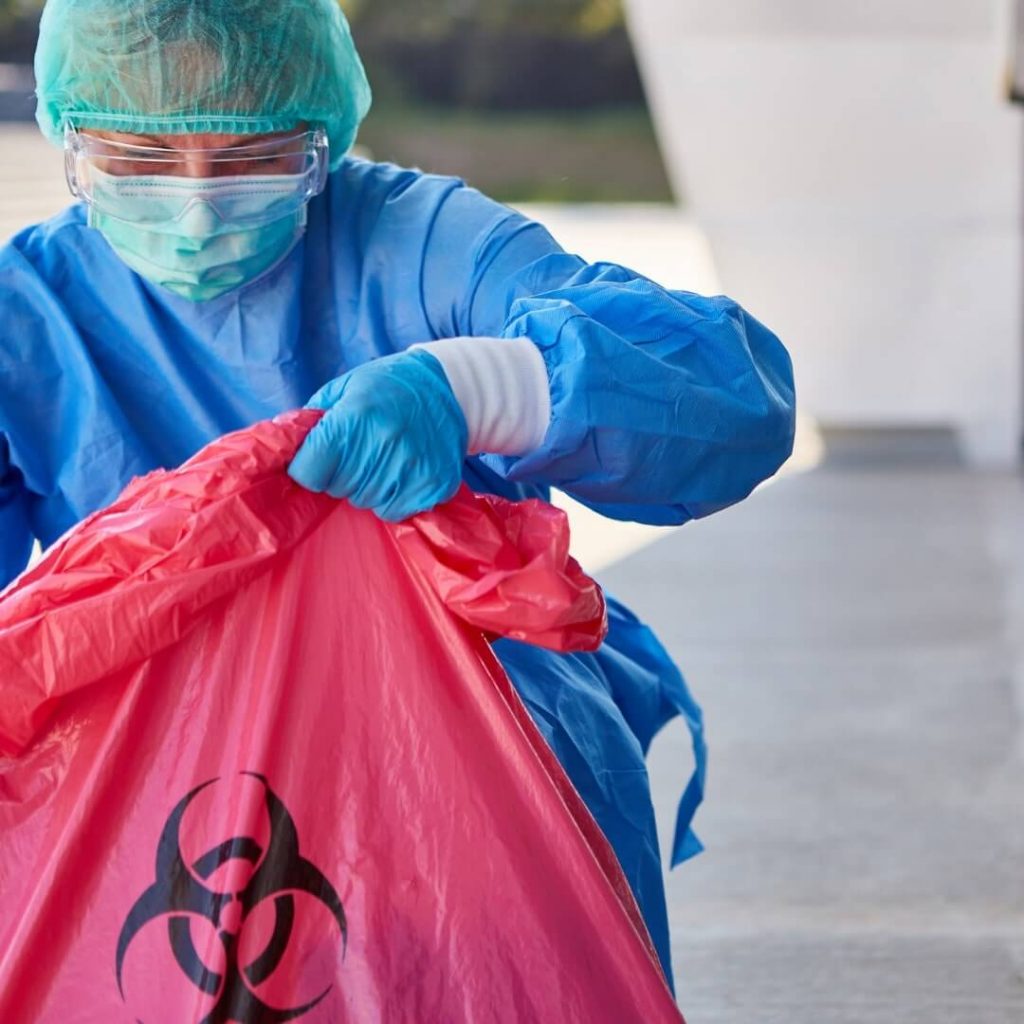
Efficient disposal of biohazardous waste is vital for safety because mishandling waste can lead to contamination. Following proper procedures ensures environmental and public health protection.
Designated containers play a crucial role in waste segregation, and marked biohazard bags help avoid cross-contamination.
Transporting waste requires caution and compliance with regulations. Using sealed containers and secure transport prevents spills. Adhering to legal guidelines minimizes environmental impact.
Disposal is not just about removing waste. It involves treating and neutralizing hazardous materials. Facilities specializing in biohazard waste disposal are best equipped for this task.
Regular training in waste disposal practices is important. Updated knowledge prevents compliance issues and enhances safety. Continuous education leads to better waste management practices.
Identifying Biohazardous Waste
Biohazardous waste comes in various forms, such as blood, bodily fluids, and medical sharps. Identifying these materials promptly is crucial for safe handling.
Any waste contaminated with pathogens is considered biohazardous. Laboratory samples and cultures also fall into this category. Proper identification helps in setting the right disposal protocols.
Using color-coded systems aids in the correct identification of waste. Red bags and containers are commonly used for biohazardous items. This simple system reduces mishandling risks and improves safety.
Regulations and Best Practices for Disposal
Disposing of biohazardous waste requires compliance with regulations. OSHA and the EPA set guidelines for proper disposal practices. Adhering to these rules is non-negotiable for safety and legality.
Facilities must follow guidelines for treatment and transport. Using approved disposal facilities ensures regulatory compliance. This reduces the risk of legal issues arising from improper disposal.
Adopting best practices enhances safety and efficiency. Regular audits of disposal procedures ensure adherence to standards. Continuous improvement is key to maintaining top disposal practices.
Legal and Compliance Considerations in Biohazard Cleaning
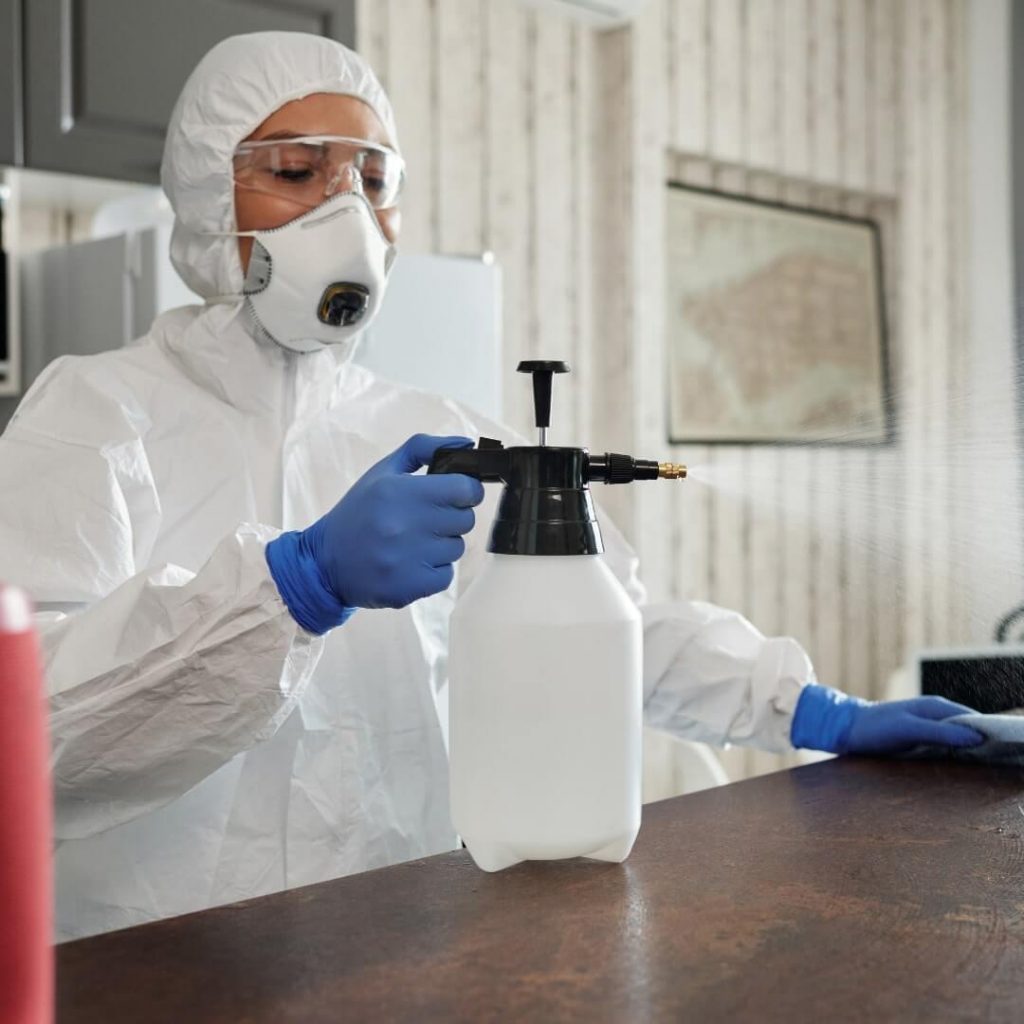
Biohazard cleaning is heavily regulated. Compliance with legal standards is non-negotiable. Ensuring adherence protects both workers and the environment.
Regulatory bodies like OSHA and the EPA provide guidelines. These rules outline necessary procedures for safe biohazard cleanup. Following these guidelines helps avoid severe penalties.
Non-compliance can lead to significant repercussions. Legal actions and fines can arise from improper handling. Adhering to guidelines is essential for business reputation and safety.
Proper training and certification are important. Workers must be knowledgeable about current laws. Regular updates and refresher courses help maintain compliance.
Legal considerations also involve understanding local regulations. Different regions may have specific requirements. Staying informed about local laws is crucial for effective biohazard management.
Understanding OSHA and EPA Guidelines
OSHA and the EPA set critical biohazard standards. OSHA focuses on workplace safety. This includes using proper protective equipment and practices.
The EPA regulates the environmental impact of biohazard cleanup. Their guidelines address safe disposal and decontamination procedures. Following EPA guidelines helps minimize ecological harm.
Understanding these regulations is key. Properly trained staff ensure compliance. This reduces the risk of workplace accidents and legal issues.
Documentation and Record-Keeping
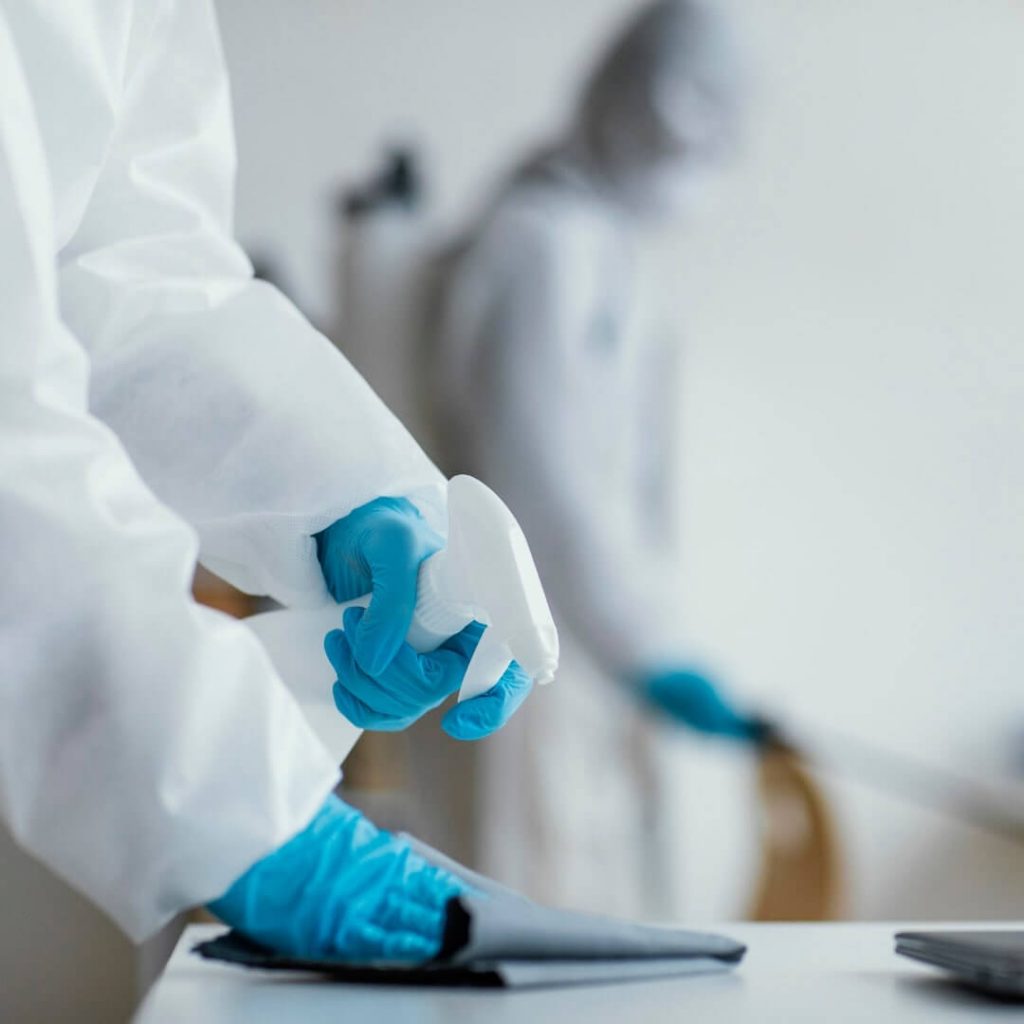
Accurate documentation plays a pivotal role in biohazard cleanup. It serves as proof of compliance with legal standards. Maintaining thorough records is crucial for accountability.
Records should detail every aspect of the cleanup process. This includes the type of biohazard, procedures followed, and disposal methods. Documentation helps track procedures and ensures nothing is overlooked.
Consistent record-keeping supports future audits and inspections. It also aids in continuous improvement by evaluating past performance. Organized documentation is an invaluable asset for biohazard cleaning operations.
Mastering Biohazard Cleanup for Safety and Peace of Mind
Biohazard cleaning requires knowledge and care. With the right approach, it ensures safety and peace of mind. Mastering the skills involved is crucial.
Expertise in biohazard cleanup means following strict protocols. Adhering to guidelines protects both cleaners and the environment. Each step in the process contributes to overall safety.
Staying informed and educated is ongoing. Industry standards and best practices are always evolving. Continuous learning helps maintain high levels of safety and efficiency.
For expert biohazard cleaning services in South Atlanta, contact PuroClean of South Atlanta.


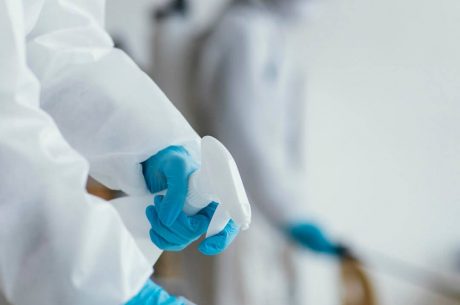
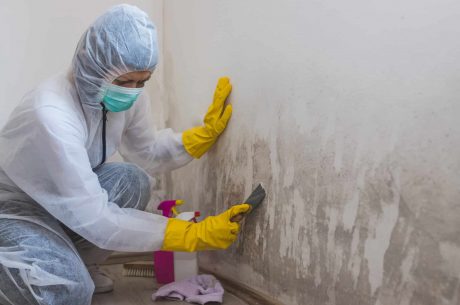
 PuroClean of South Atlanta
PuroClean of South Atlanta